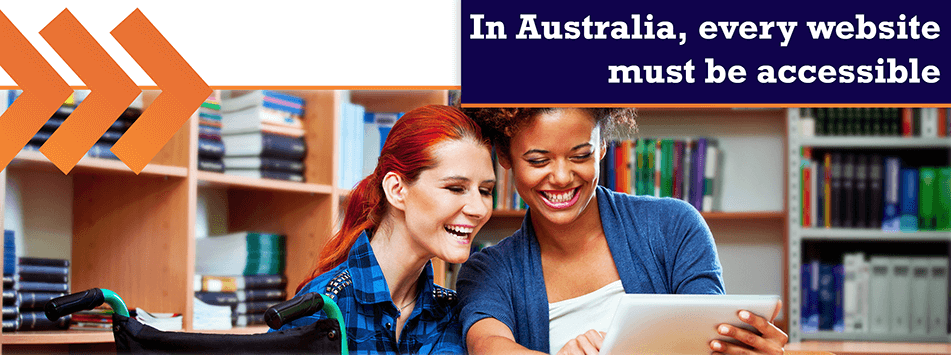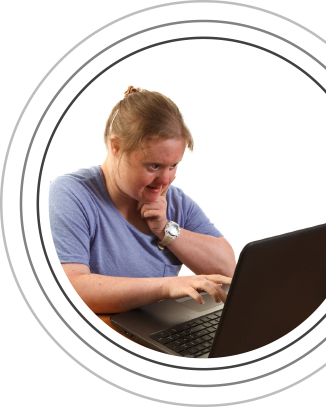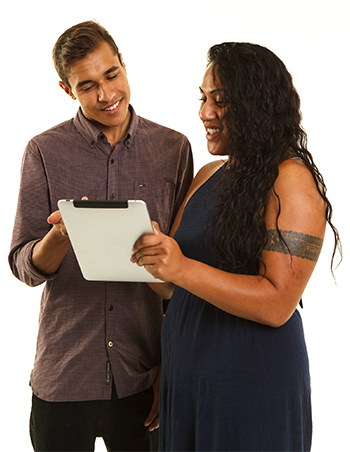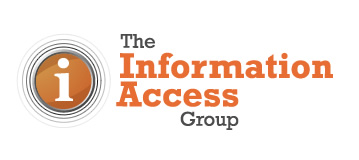
What is web accessibility?
Web accessibility is about making sure that the internet can be used by everyone. This includes people with disability, children, elderly people, people who speak English as an additional language – everyone in our community.
It’s about making sure that everyone can be included in the information age.
The UN Convention on the Rights of Persons with Disabilities recognises access to information and communications technologies, including the web, as a basic human right.
 Web accessibility encompasses all disabilities that affect access to the web:
Web accessibility encompasses all disabilities that affect access to the web:
- visual
- auditory
- physical
- speech
- cognitive
- neurological.
Web accessibility means that people with disabilities can perceive, understand, navigate, interact and contribute to the web.
Considering how much we rely on the internet to interact and engage with friends and family, with businesses, with the community and with government, this is an essential part of full participation in our community.
In Australia, and around the world, the W3C Web Content Accessibility Guidelines (WCAG) are considered to be the official set of rules outlining what makes a website accessible. There are different versions of WCAG, and different levels. A best-practice, accessible website meets WCAG 2.0, level AA.
What are ‘accessible communications’?
Accessible communications are inclusive.
They take the diverse literacy and communication needs of the audience into account.
This means that everything you produce – from a form to a document to a website to a video script – is clear and easy to read.
 Accessible communications include the technical aspects of accessibility as well.
Accessible communications include the technical aspects of accessibility as well.
This means that your website or the documents you publish online can be used by screen readers or other assistive technology.
Your website should be easy-to-use.
And your documents should be easy-to-read.
Simple, right?
Most of the time it is. But sometimes, the information is complex and it’s challenging to apply the right accessibility techniques.
Perhaps you’re stuck with a website that has a complicated navigation structure and legacy content, or a boss who likes phrases such as “absent the receipt of significant derogatory information” or “our procedures in respect to exiting clients from our service area.”
At the Information Access Group, we say that, no matter what your content, or the type of audience you’re targeting, there is always a way to cut through and connect.
Audience engagement is at the heart of accessible communications.
Knowing who you are connecting with is the most important first step. When you target your content to the right people, in the right way, you automatically increase your opportunities for success.
How to get it right
Let’s say that you’re now on board with the concept of accessible communications, and you’ve agreed that you need to identify your audience. What do you do next?
Creating change within an organisation can be challenging but a few small successes can make a big difference.
 Here are some tips.
Here are some tips.
- Start small – something simple like an Easy Read fact sheet can help you reach a wider audience and in turn bring some of the people you work with on board with the concept of accessibility.
- Write clearly – start with a few small changes to the way you write. For example, you could review your sentences for the number of words with three or more syllables, and reduce accordingly.
- Use visuals – we always use images in our work. Photos, icons and illustrations make a huge difference to your success in getting your message across.
- Test, test and test some more – working directly with your audience and asking them what they think helps enormously.
- Get training – learning how to create accessible communications will increase this skill set within your organisation and make delivering on the change easier.
- Call us – talk to the experts in accessible communications – we’re the leaders in this field in Australia. We’d love to help you meet your business goals while also meeting accessibility requirements and creating cultural change in your organisation.
Contact us

| Email the Information Access Group |
|
| (03) 9585 2299 |
|
| 41/195 Wellington Rd Clayton Victoria 3168 Australia |
